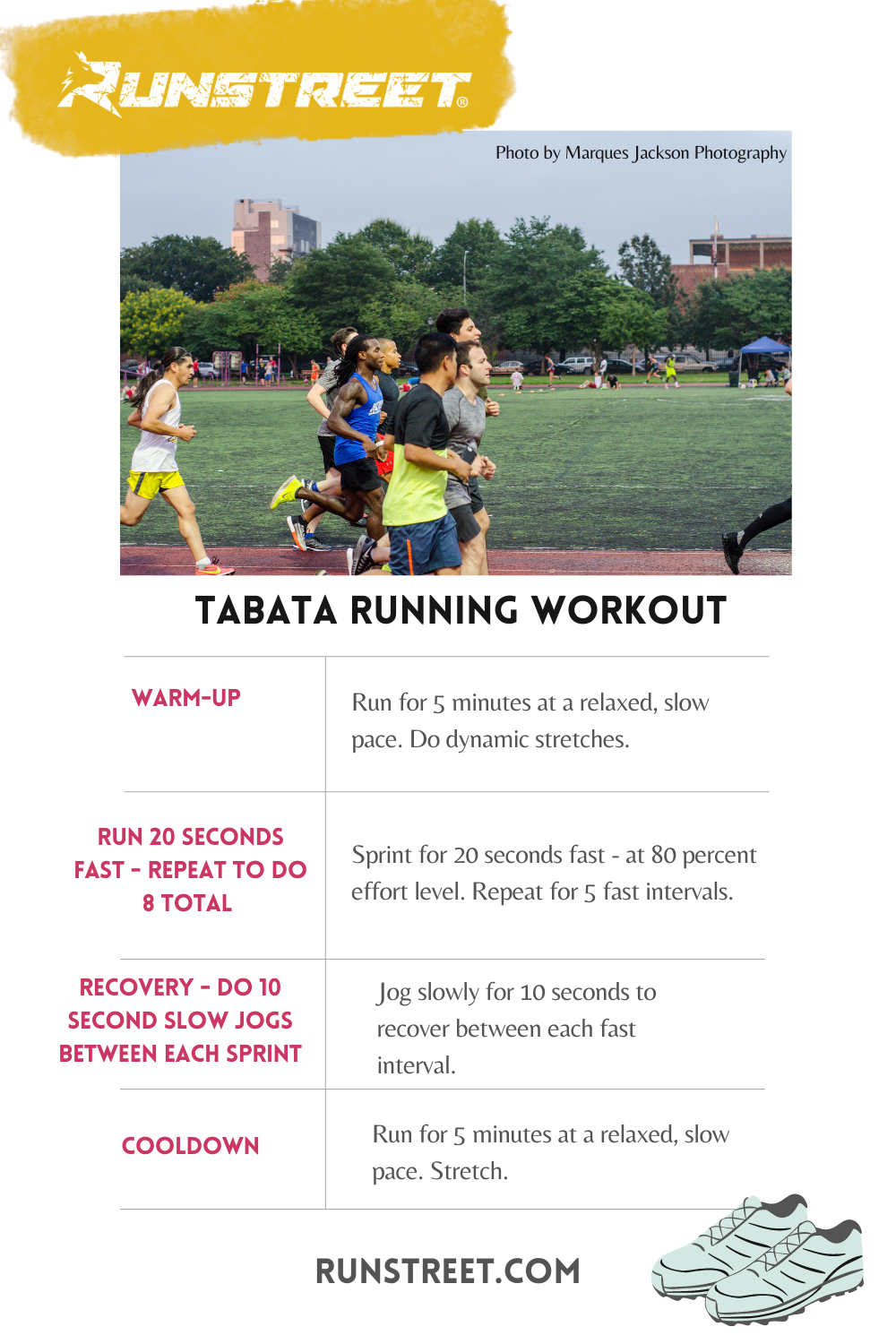The Ultimate Guide to Managing Pain When Running
Whether you are a skilled marathoner or simply starting your running trip, comprehending the various kinds of pain that can emerge and the techniques to resolve them is vital. From pre-run warm-up regimens to proper shoes selection, there are countless elements to consider when it comes to dealing with discomfort while running.

Understanding Various Kinds of Running Pain
When running, it is necessary to compare various kinds of pain to stop injuries and take full advantage of efficiency (Read More). One typical sort of discomfort that runners may experience is muscular tissue soreness, which normally arises from the anxiety placed on muscular tissues during exercise. This type of pain is typically a regular component of the running process and can be handled with correct workout, cool-down, and extending regimens
An additional type of pain to be familiar with is joint discomfort. Joint pain can indicate problems such as overuse, inappropriate type, or underlying conditions like arthritis. Ignoring joint discomfort can cause much more severe injuries, so it is crucial to resolve any type of discomfort without delay and potentially seek specialist guidance.
In addition, sharp or stabbing discomforts ought to not be ignored. These kinds of pain can signify acute injuries such as pressures, sprains, or stress cracks - running workout. Remaining to go through these kinds of discomfort can worsen the injury and extend healing time

Pre-Run Workout and Stretching Routine
To prepare the body for a running session, implementing an effective pre-run workout and stretching routine is essential. A proper warm-up aids boost blood flow to the muscles, boosts versatility, and decreases the risk of injury throughout the run. Start with dynamic stretches like leg swings, arm circles, and high knees to gradually increase your heart price and loosen up the muscle mass. Dynamic stretching helps resemble the activities you'll be doing while running, preparing your body for the activity ahead. Follow this with static stretches concentrating on significant muscular tissue teams such as the hamstrings, quadriceps, calf bones, and glutes. Hold each go for concerning 15-30 secs without jumping to advertise muscle relaxation and versatility. Keep in mind to listen to your body and change the intensity of your warm-up based on your health and fitness degree and any pre-existing conditions. By incorporating a regular pre-run workout and extending regular into your running regimen, you can optimize efficiency and decrease the danger of discomfort or injury.
Correct Footwear Selection and Fit
Picking proper footwear that fits well is crucial for runners to avoid pain and minimize the risk of injuries. Uncomfortable shoes can bring about blisters, black nails, shin splints, and various other painful problems that can hinder efficiency and sideline training. When choosing operating shoes, it is necessary to consider variables such as foot type, running stride, arch support, padding, and shoe size. running strategy. Going to a specialized running shop for a stride analysis and expert installation can help make click site certain that you select the right footwear for your specific needs. Running footwear should supply adequate support and security while also being comfortable and light-weight. Additionally, it is recommended to change your running footwear every 300-500 miles to keep proper cushioning and assistance. Purchasing high-grade footwear that is suitable for your running design and foot composition is a proactive step in the direction of avoiding discomfort and injuries during your runs.
Nourishment and Hydration Tips for Discomfort Prevention

Hydration is just as important for runners to avoid cramps, dehydration, and various other pains that can lead to discomfort throughout running. By focusing on nourishment and hydration, joggers can improve their performance, reduce pain, and enjoy an extra comfy running experience.
Post-Run Healing Techniques to Alleviate Pain
Carrying out efficient recovery techniques is essential for reducing pain and promoting muscle mass healing after running sessions. One essential post-run recovery strategy is extending. Integrating static go for significant muscle mass groups can help in reducing muscle mass tension and pain. Foam rolling is one more useful practice to release muscle mass tightness and enhance blood circulation to the muscle mass, aiding in quicker recuperation. Furthermore, topping sore locations for 15-20 minutes can help minimize swelling and numb pain post-run.
Consuming a balanced snack or meal that includes protein and carbs within 30 mins of ending up a run can aid fix muscle mass cells and restore power shops. By incorporating these post-run healing methods into your regimen, you can effectively manage pain and optimize your running performance.
Conclusion
To conclude, dealing with different kinds of running pain through proper warm-up, stretching, footwear selection, nourishment, hydration, and post-run recuperation strategies is important for pain prevention and management. By understanding the root causes of discomfort and applying these methods, runners can reduce discomfort and potential injuries. It is critical to focus on overall physical health and wellness and well-being to make certain an effective and enjoyable running experience.